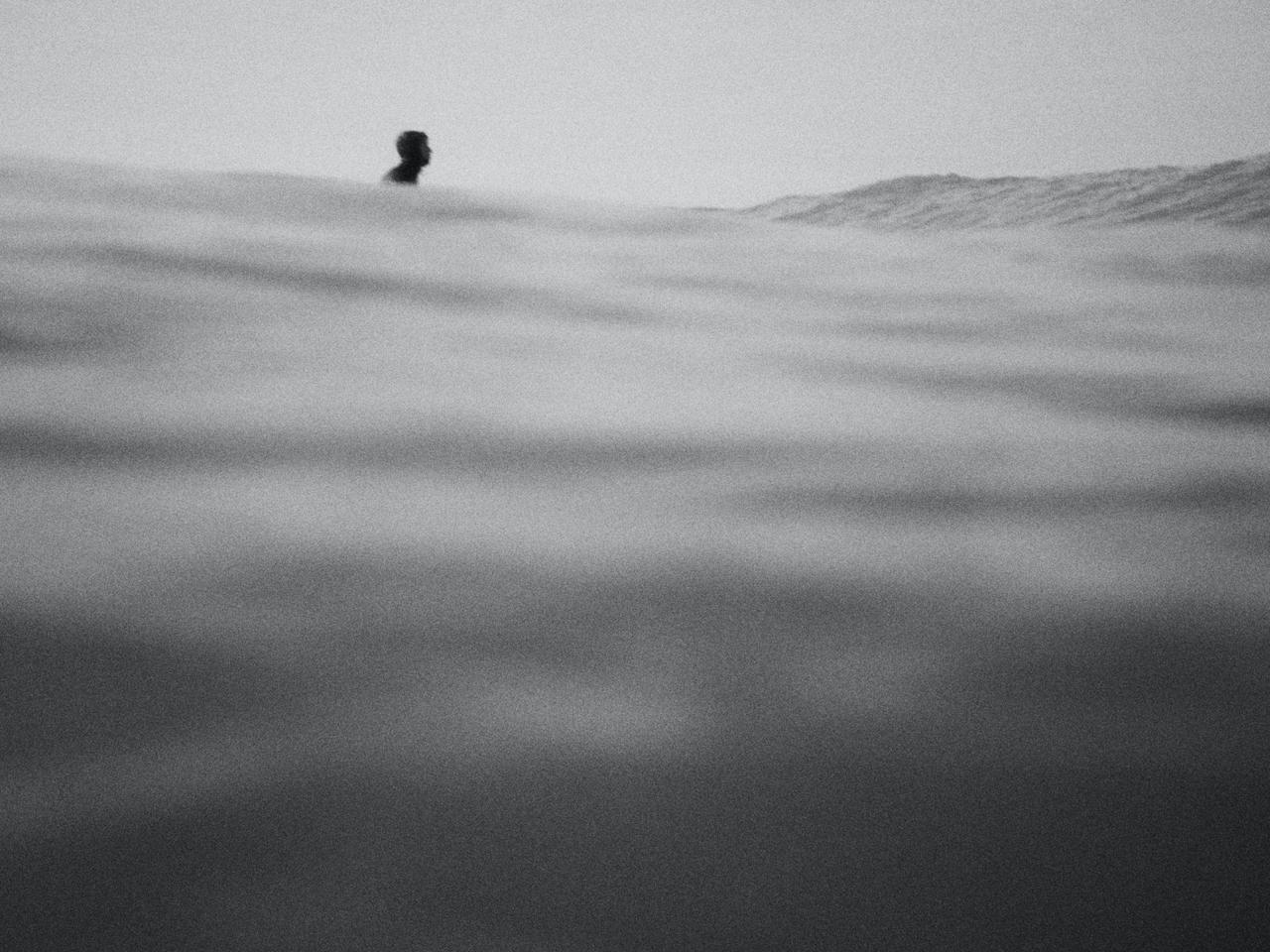I wonder how you feel about the ocean? Are you a ‘jump right in’ kind of person or are you more timid, or even just not into the whole sand/beach situation?
Me, I love water and I love the beach, I always have and, I suspect, always will. But not all beaches. I’m picky! Some waters can be off-putting, or scary to me. Especially when I come across buoyant waves (even when they are as beautiful as on Bondi Beach, for example), I am known to timidly walk in just until the water is up to my shins and wait. Wait until the waves die down a bit. Or, let’s be honest, turn around and get back to my towel.
One of my close friends is an amazing surfer. I am in such awe of her! She’s been known to travel far to find the best beach breaks around the world. It’s been a passion of hers since she was a kid. Growing up on the Atlantic coast, she got to befriend the ocean early on. Meanwhile, I spent summers splashing around in a small public countryside swimming pool, occasionally going for a dip in Lake Geneva (which wasn’t my favourite, as the water was a bit dark and opaque). But my family took yearly trips to the Côte d’Azur, to go visit my elderly and very fabulous great-grandmother. There I enjoyed warm, deep blue waters and golden sands.
The Mediterranean, I like to say, is like a large sparkly blue bathtub in comparison to the turbulent oceans my friend chases for surfing. And that’s great, because essentially that’s what I’m comfortable with when it comes to going for a swim: quiet, manageable, see-through waters and gently bobbing waves.
Recently, my intrepid friend shared that she was keen to try yoga, and yet she’s not managed to jump that step and try a class. We were texting back and forth one afternoon and when I offered her a spot in one of my mindfulness meditation workshops, she answered with a cringe:
‘God no!
Meditation? (glare)
That’s too hardcore.’
What do you mean, I thought to myself. Hardcore???
Have you seen what physical feats you get up to? I wanted to quip back, but of course I didn’t say anything. I sat and wondered what could make her think that mindfulness is ‘hardcore’.
I chose to put myself in her shoes for a moment and, sure enough, I could suddenly see things from her perspective. For many of us, just finding stillness is already a challenge.
Because when we get quiet (whether in meditation or otherwise), we have to face the often turbulent currents of our minds. And some of them are dark and scary. Facing them can feel like a big risk, which is why it can be daunting to start with.
At other times, we can relax as if in mellow waters. But the truth is, we don’t always know what we’ll find when we close our eyes and sit. Perhaps that’s the biggest challenge: the unknown. How we relate to what we find is what helps us ride these waves.
Not long ago, I had the pleasure of having a conversation with renowned yoga teacher Annie Carpenter, during which I asked about her personal path with meditation. A dancer by trade, it also took her years to get into a regular meditation practice. Even as she studied yoga, finding her stillness and sitting in practice felt beyond her reach. Annie struggled to ‘pull the trigger of letting her body rest’ (or, rather, fade into the background) until she found the movement of the breath.
‘The key’, she said, ‘was connecting with movement (in stillness!)’
She shared:
“I’m a mover, and knowing that, I recognize that stillness and focusing on the now is also something that’s always changing.
So resting in moments of ongoing change, sitting back, I’m saying again and again ‘I’m not that, I’m not that’ or ‘Neti Neti’ (not this, not that).”
The inner currents of our minds are ever changing, and Annie’s own story illustrates how the practice requires us to disengage gently with what arises, giving us some distance to help us realise we are not our thoughts.
That said, all that mind stuff isn’t bad. Going back to the beach, imagine how boring a beach would be with no waves at all.
Would you really want a mind with no thoughts? I certainly wouldn’t!
Like with the ripples across the oceans, our thoughts are in continual motion, rising up, disappearing, swelling and rising again. And throughout that movement, our work in meditation is to notice that they are not us.
If I ever had a giant billboard for a day and could put anything on it (a question that podcaster Tim Ferriss has asked many guests), that’s what I’d put on it:
‘We are not our thoughts.’
Our thoughts are like waves happening on the surface of our awareness. They are not us, and we are not them. Just as the surfer rides the surface of the wave but never becomes the wave.
Realising that we are more than our thoughts equates to understanding that the crest of a wave doesn’t represent the ocean itself.

ABOUT THE PRACTICE
In sitting for meditation, we learn to appreciate or notice the texture and content of our mind formations (whether we are finding them pleasant or unpleasant, or perhaps we are not at all interested in them). Most importantly, we learn to notice when we get caught up because a sticky thought arises (for me, a lot of my most powerful thought patterns are around planning — food, trips, day, work, future — non-stop). And in the moment we notice we’ve gotten involved and lost ourselves in thought, we can choose to let go. And of course, come back to it later. Meditation teaches us this wonderful ability to change how we relate to the currents of our minds and find a connection to the stillness that exists deep below the surface.
Truthfully, learning to be with the stream of our experience can feel like intense training.
Even though it wasn’t my experience when I started to meditate, my friend’s view of meditation as ‘hardcore’ and the way it made me consider the practice from her perspective taught me a valuable lesson as a teacher. We can easily forget how we all have very different ways to approach the same thing — our experiences are universal and yet unique at the same time.
Like when we learn to surf, having an experienced teacher and guided practice is helpful, necessary even, to learn to work with the ocean of awareness that is our mind.
As Jon Kabat-Zinn said, ‘You can’t stop the waves, but you can learn to surf.’
In secular mindfulness (as well as Buddhist practice), we talk about developing ‘skillful means’. Think of them as a toolkit that you can use and access either in formal practice or to bring a mindful attitude and presence in your life. In essence, they are the tools for helping you learn to surf the waves of life.
As Anne Lamott writes, ‘My mind is like a bad neighbourhood. I try not to go there alone.‘
When we’re scared of what we’ll find and we attempt to sit, we may be surprised to realise that the contents of our mind, the waves, aren’t scary that day. At other times, we may come across the opposite. If you’ve suffered from anxiety, depression, or mental health issues in the past (while meditation and mindfulness can do a lot to alleviate their symptoms), it’s good to have the support of a teacher as well as see a therapist or mental health professional. After all, that’s what they are here for: to help us through the rough waters.
If you’d like to give it a try, you can try my guided mindfulness meditations here, if you’d like to join me live register for online Zoom classes, or for those in need of personal attention, you can book private sessions with me here.

